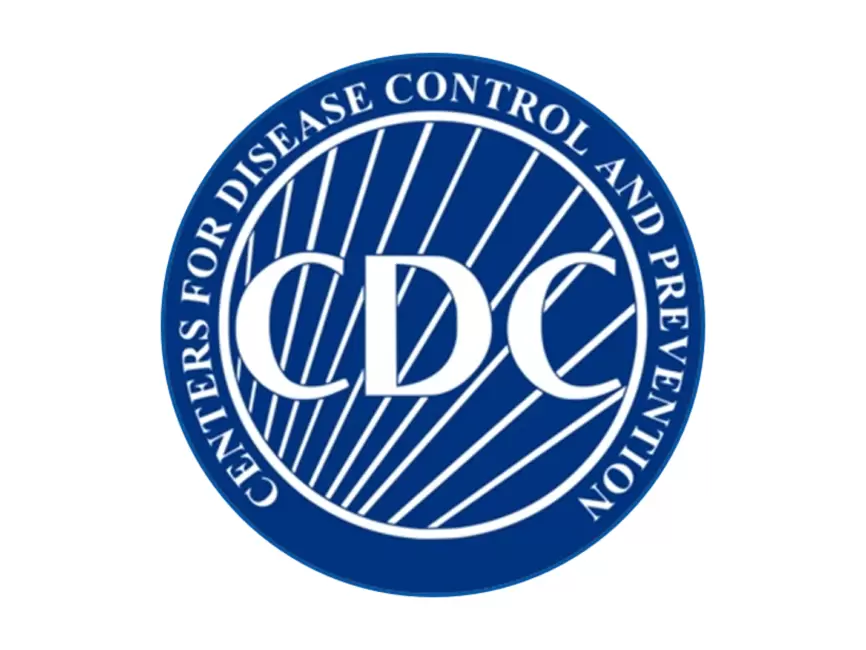
COVID-19 reshaped global society, leaving behind not just a trail of loss but also pressing questions about our collective future. Even as the emergency phase is over, the SARS-CoV-2 virus continues to circulate, mutate, and affect millions. The public remains concerned about the virus’s long-term presence and the readiness of world governments for the next global health crisis.
This article explores the persistence of the COVID-19 virus in the human body, the predicted future of the pandemic, and the urgent need for global pandemic preparedness.

🧬 How Long Does the SARS-CoV-2 Virus “Live” in People?
The idea of the virus persisting in the human body is a central focus of current medical research, particularly concerning the debilitating condition known as Long COVID (also called Post-COVID-19 Condition or PASC).
The consensus among researchers points to evidence that fragments of the SARS-CoV-2 virus, or even in some cases, replicating virus, can linger for months or even years.
* Viral Persistence and Long COVID: Studies have found viral remnants (like the spike protein or viral RNA) in the blood and tissue of patients long after the acute infection has passed—in some cases, for over a year.
* Theories on Persistence: This phenomenon is a key hypothesis behind Long COVID, which can manifest as a wide array of symptoms, including fatigue, ‘brain fog,’ and organ system issues. The persistent fragments may be causing an ongoing immune system disruption, chronic inflammation, or a form of autoimmunity.
* The Chronic Condition: Long COVID is now recognized as an infection-associated chronic condition. For individuals experiencing it, the fight against the virus is not over, highlighting the long-term biological and societal impact of the pandemic.
Key Takeaway: While the acute infection typically clears, viral components can persist, potentially driving chronic symptoms in millions of survivors.

📈 What Does the Future of the COVID-19 Pandemic Look Like?
Experts largely agree that COVID-19 is transitioning from a pandemic phase to an endemic state. This means the virus will likely become a constant, circulating threat, similar to seasonal influenza, rather than an all-consuming global emergency.
* New Variants and Seasonal Surges: The future will be characterized by the continued emergence of new variants (mutations) that evade previous immunity. We can expect seasonal surges in cases, hospitalizations, and deaths, especially among the vulnerable.
* Focus on Mitigation: The global strategy has shifted from eliminating the virus to managing its impact. This involves maintaining high baseline immunity through updated vaccines, improving therapeutics, and enhancing surveillance to track emerging variants.
* Uncertainty Remains: Predicting the exact trajectory is impossible. A “worst-case” scenario involves the emergence of a highly transmissible and highly severe variant (a combination of Omicron’s transmissibility and Delta’s severity), which could necessitate a return to more drastic measures. However, global population immunity (from vaccination and prior infection) is expected to mitigate the most catastrophic outcomes.

🚨 Are World Governments Ready for Another Global Pandemic?
The COVID-19 pandemic served as a brutal stress test for global health systems. While significant lessons were learned, the general consensus is that the world is still not fully prepared for the next major global outbreak.
The key areas for improvement include:
Area of Preparedness | COVID-19 Lesson Learned | Future Readiness Score
Global Cooperation & Equity | Hoarding of resources (vaccines, PPE) deepened global inequities and prolonged the crisis. | Needs Improvement (Efforts like the WHO Pandemic Agreement are underway, but political will and financing remain challenges.)
Surveillance & Early Warning | Need for rapid, unbiased detection of novel pathogens and quick sharing of genetic data. | Improving (New global hubs and enhanced sequencing efforts are in place, but gaps exist in low-income countries.)
Health System Resilience | Overwhelmed hospitals and supply chain disruptions led to non-COVID-related care failures. | Fair (Focus is on strengthening primary healthcare systems to withstand initial surges.)
Combating Misinformation | The spread of false information eroded public trust and hampered public health efforts. | Needs Improvement (Strategies for clear, consistent, and trusted communication are still evolving.)

The World Health Organization (WHO) and groups like the Global Preparedness Monitoring Board (GPMB) are urging governments to invest now in resilient health systems and to ratify international agreements to ensure equitable and coordinated responses when the next “Disease X” inevitably emerges. History will judge future leaders not on whether they saw the pandemic coming, but on how well they prepared.
MUST READS
S’mores and Crisp Air : Top Things to Do in Ohio State in Late Fall and Winter 2025 – News Talk Ohio

Viorica Bruni Content Creator Collective Audience Media












